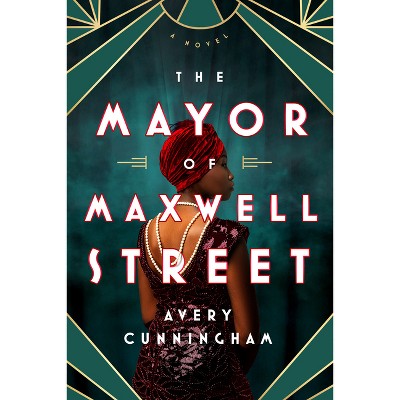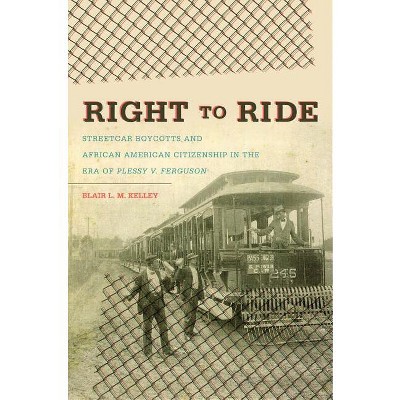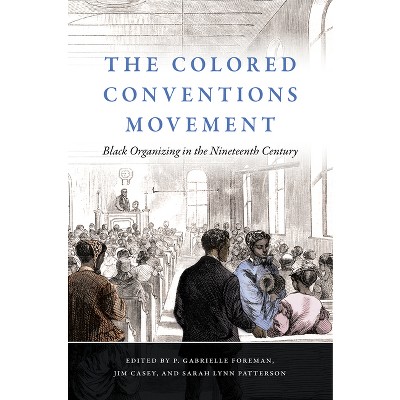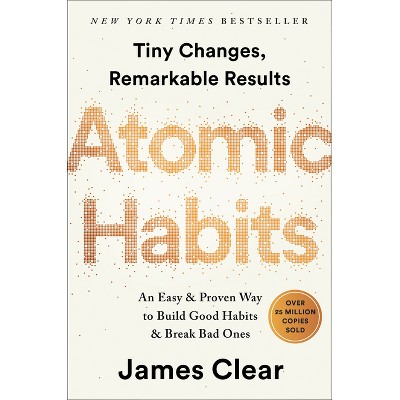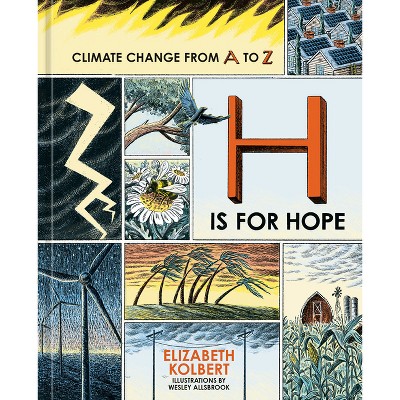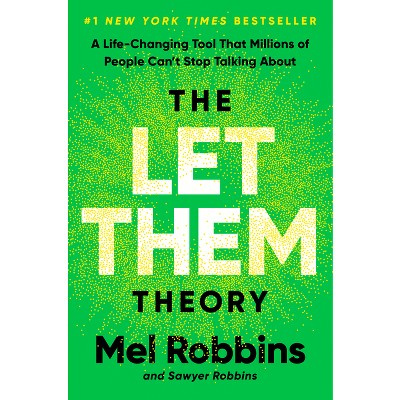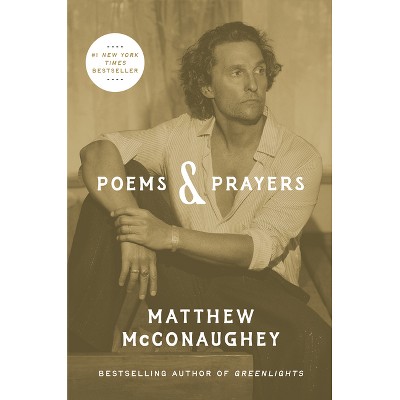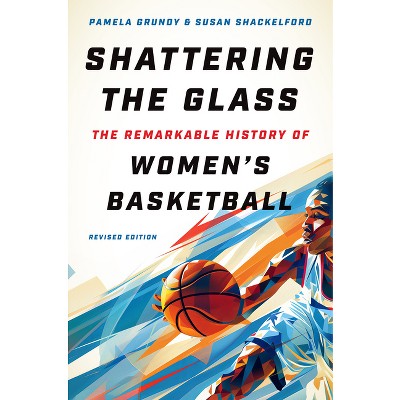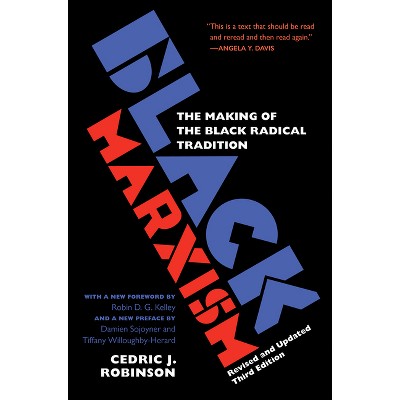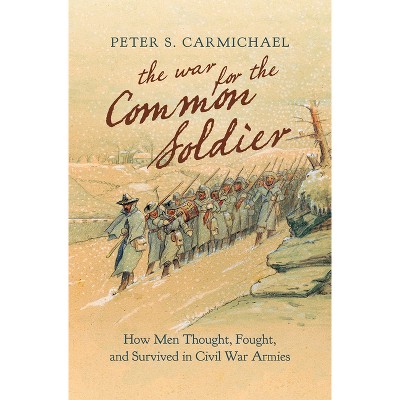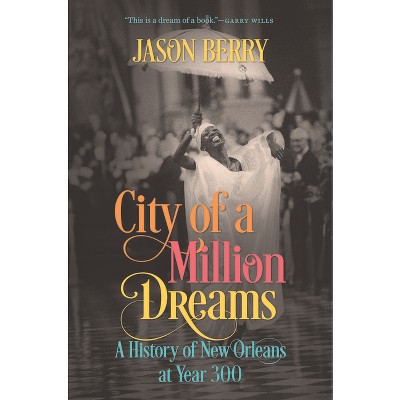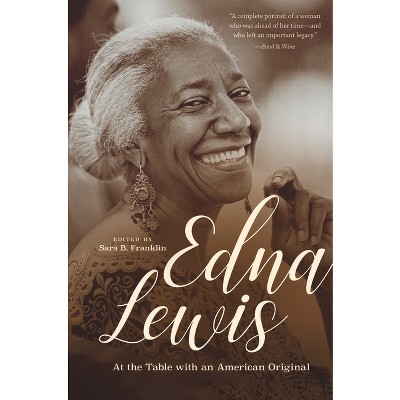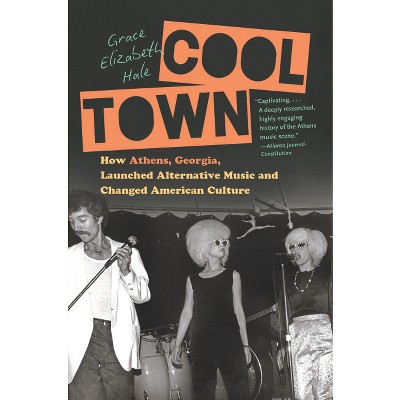Sponsored

Color and Character - by Pamela Grundy (Paperback)
$21.99Save $1.01 (4% off)
In Stock
Eligible for registries and wish lists
Sponsored
About this item
Highlights
- At a time when race and inequality dominate national debates, the story of West Charlotte High School illuminates the possibilities and challenges of using racial and economic desegregation to foster educational equality.
- Author(s): Pamela Grundy
- 248 Pages
- History, United States
Description
About the Book
"West Charlotte opened in 1938 as a segregated school that embodied the aspirations of the growing African American population of Charlotte, North Carolina. In the 1970s, when Charlotte began court-ordered busing, black and white families made West Charlotte the celebrated flagship of the most integrated major school system in the nation. But as the twentieth century neared its close and a new court order eliminated race-based busing, Charlotte schools resegregated along lines of class as well as race. West Charlotte became the city's poorest, lowest-performing high school--a striking reminder of the people and places that Charlotte's rapid growth had left behind. While dedicated teachers continue to educate children, the school's challenges underscore the painful consequences of resegregation. Drawing on nearly two decades of interviews with students, educators, and alumni, Pamela Grundy uses the history of a community's beloved school to tell a broader American story of education, community, democracy, and race--all while raising questions about present-day strategies for school reform"--Book Synopsis
At a time when race and inequality dominate national debates, the story of West Charlotte High School illuminates the possibilities and challenges of using racial and economic desegregation to foster educational equality. West Charlotte opened in 1938 as a segregated school that embodied the aspirations of the growing African American population of Charlotte, North Carolina. In the 1970s, when Charlotte began court-ordered busing, black and white families made West Charlotte the celebrated flagship of the most integrated major school system in the nation. But as the twentieth century neared its close and a new court order eliminated race-based busing, Charlotte schools resegregated along lines of class as well as race. West Charlotte became the city's poorest, lowest-performing high school--a striking reminder of the people and places that Charlotte's rapid growth had left behind. While dedicated teachers continue to educate children, the school's challenges underscore the painful consequences of resegregation.Drawing on nearly two decades of interviews with students, educators, and alumni, Pamela Grundy uses the history of a community's beloved school to tell a broader American story of education, community, democracy, and race--all while raising questions about present-day strategies for school reform.
Review Quotes
"A fine-grained depiction of life at West Charlotte, especially for the 1950s, 60s, and 70s, by drawing on over eighty oral history interviews conducted by Grundy and her students in cooperation with the University of North Carolina's Southern Oral History Project."--Historical Studies in Education
"A must-read for scholars of southern history and the history of education, and it provides a valuable window into the contemporary landscape of the politics of race and educational policy."--History of Education Quarterly
"An incredible deep dive into the true history of Charlotte's wrestle not only with integration, but with transitioning from another Jim Crow town to a New South city in which a progressive image at one one point was matched by progressive action and policy. [Grundy] also shows how easily history repeats itself when we turn our eye from uncomfortable truths." -- Charlotte Observer
"Brilliantly documents the dramatic historical arc of an all-black high school that became a model of integration in the 1970s, only to return in more recent years to a school that is once again segregated along racial lines." -- Creative Loafing Charlotte
"Pamela Grundy's beautifully written book Color and Character is in many ways a tale not of just one school but of three, each illuminating a distinct stage in public education's 'long civil rights movement.'"--American Historical Review
Dimensions (Overall): 9.21 Inches (H) x 6.14 Inches (W) x .57 Inches (D)
Weight: .86 Pounds
Suggested Age: 22 Years and Up
Number of Pages: 248
Genre: History
Sub-Genre: United States
Publisher: University of North Carolina Press
Theme: State & Local
Format: Paperback
Author: Pamela Grundy
Language: English
Street Date: February 1, 2021
TCIN: 1004618254
UPC: 9781469664040
Item Number (DPCI): 247-44-2423
Origin: Made in the USA or Imported
If the item details aren’t accurate or complete, we want to know about it.
Shipping details
Estimated ship dimensions: 0.57 inches length x 6.14 inches width x 9.21 inches height
Estimated ship weight: 0.86 pounds
We regret that this item cannot be shipped to PO Boxes.
This item cannot be shipped to the following locations: American Samoa (see also separate entry under AS), Guam (see also separate entry under GU), Northern Mariana Islands, Puerto Rico (see also separate entry under PR), United States Minor Outlying Islands, Virgin Islands, U.S., APO/FPO
Return details
This item can be returned to any Target store or Target.com.
This item must be returned within 90 days of the date it was purchased in store, shipped, delivered by a Shipt shopper, or made ready for pickup.
See the return policy for complete information.
Trending Non-Fiction

$19.31
was $20.98 New lower price
4 out of 5 stars with 64 ratings
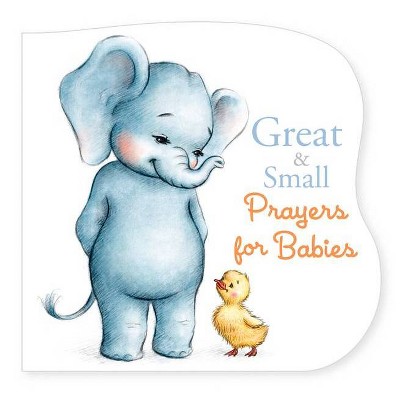
$4.59
MSRP $7.99
Save $5 when you spend $20 on select books
4.8 out of 5 stars with 123 ratings

$6.20
MSRP $10.95
Save $5 when you spend $20 on select books
4.8 out of 5 stars with 33 ratings

$7.09
MSRP $9.99
Save $5 when you spend $20 on select books
4.9 out of 5 stars with 46 ratings
